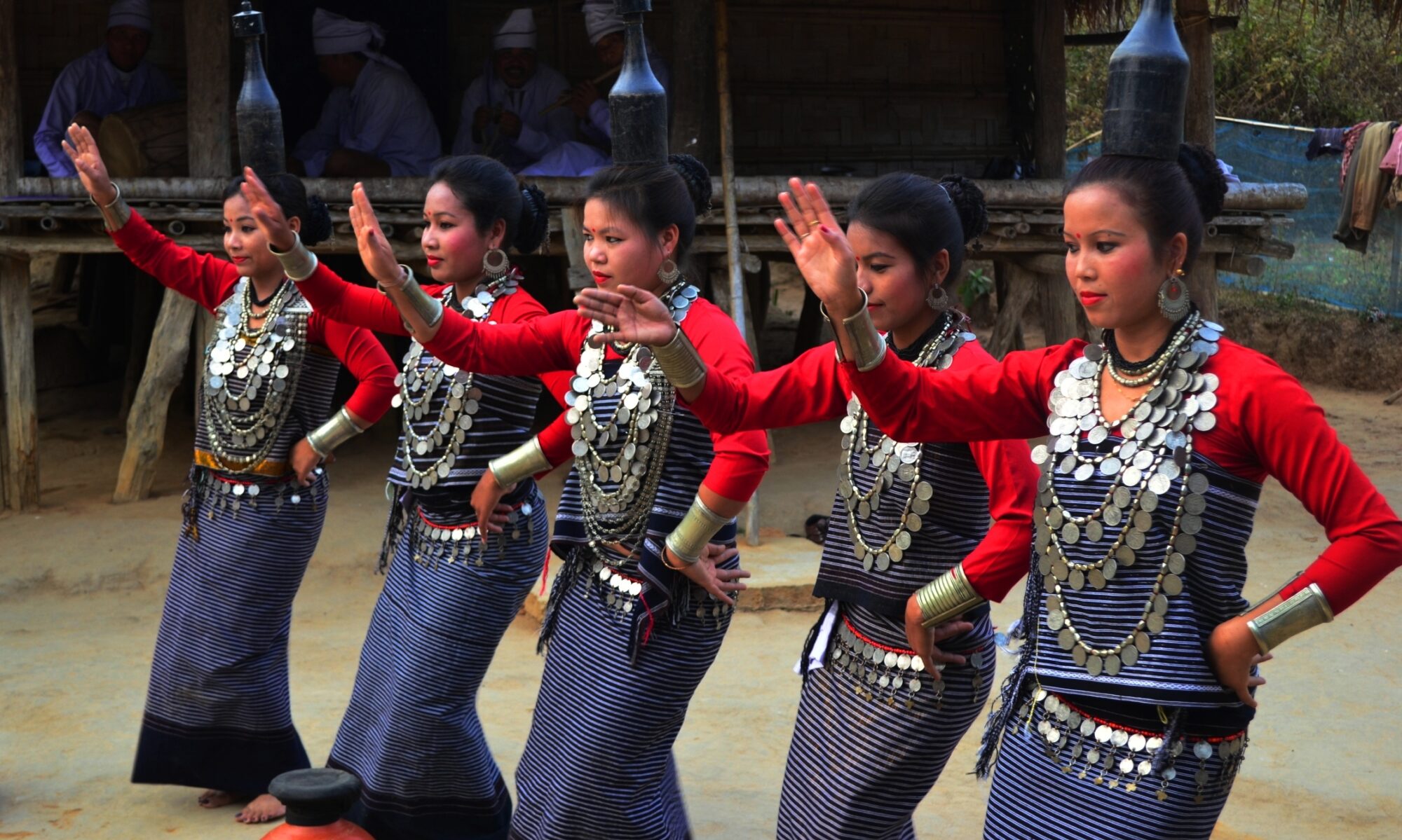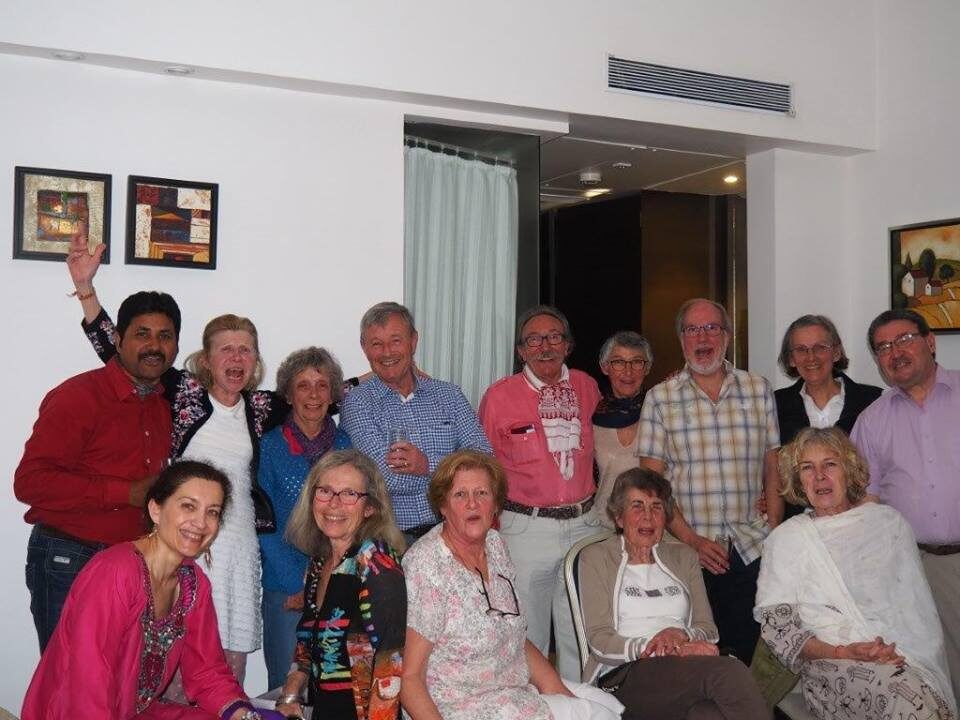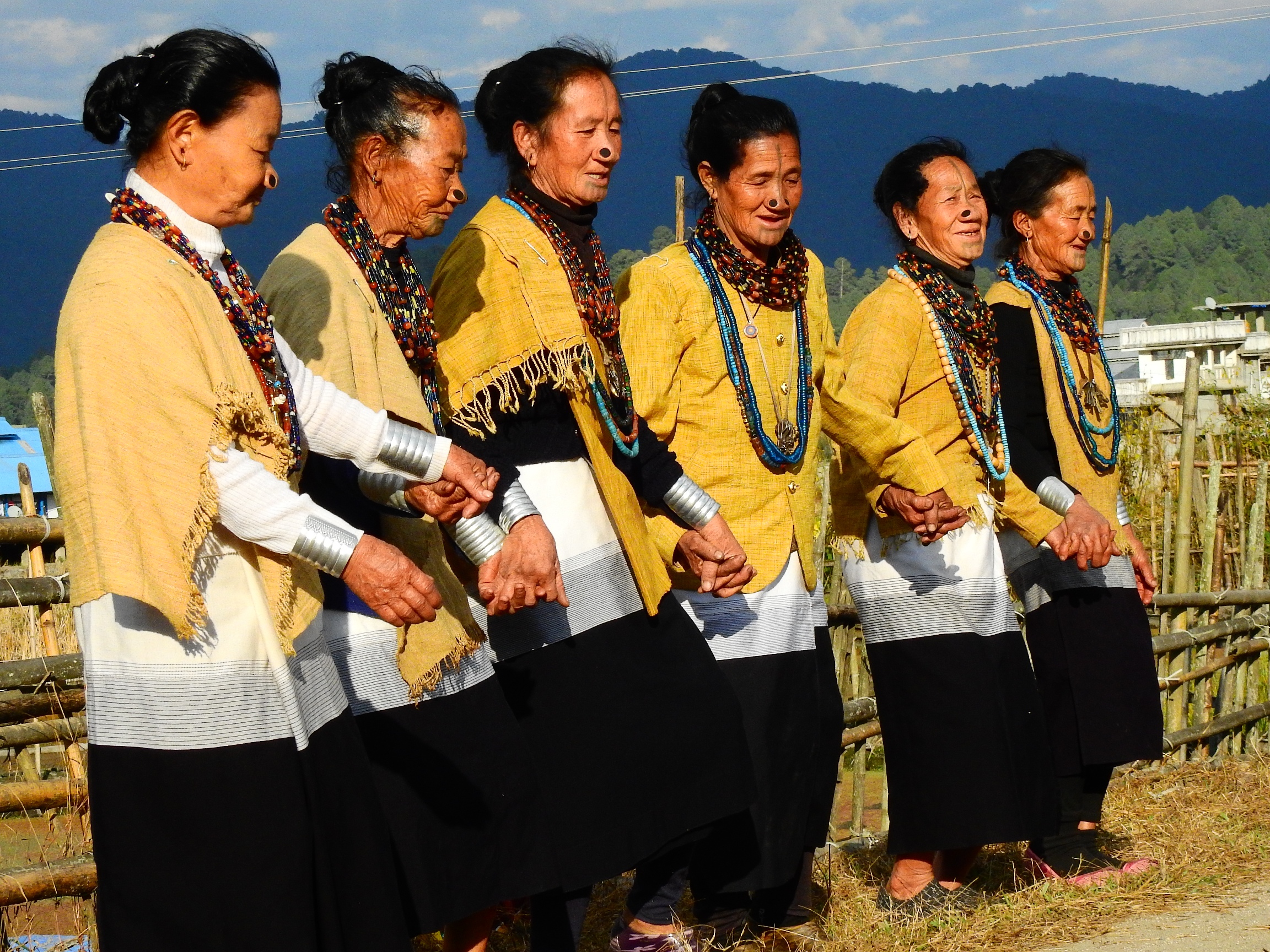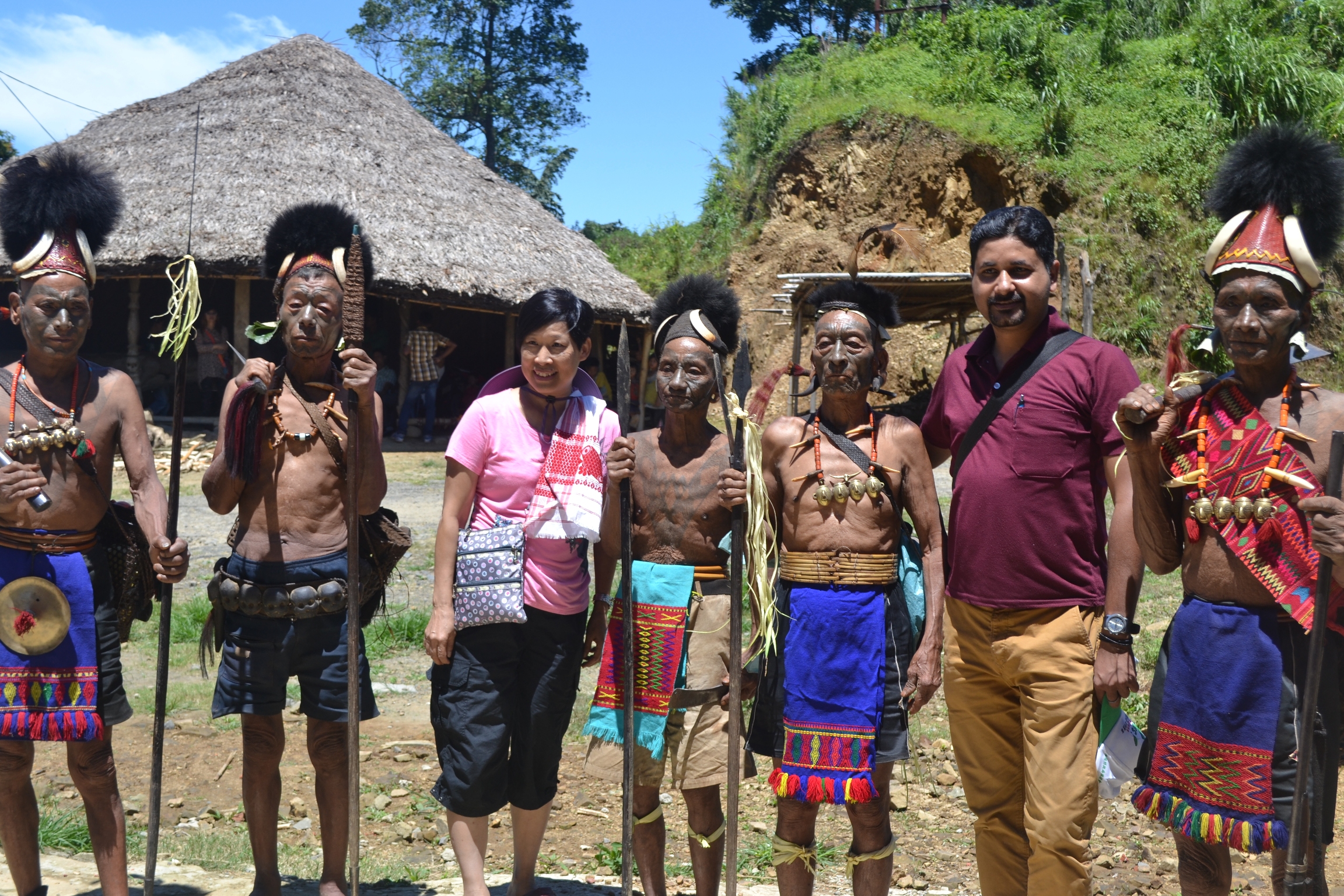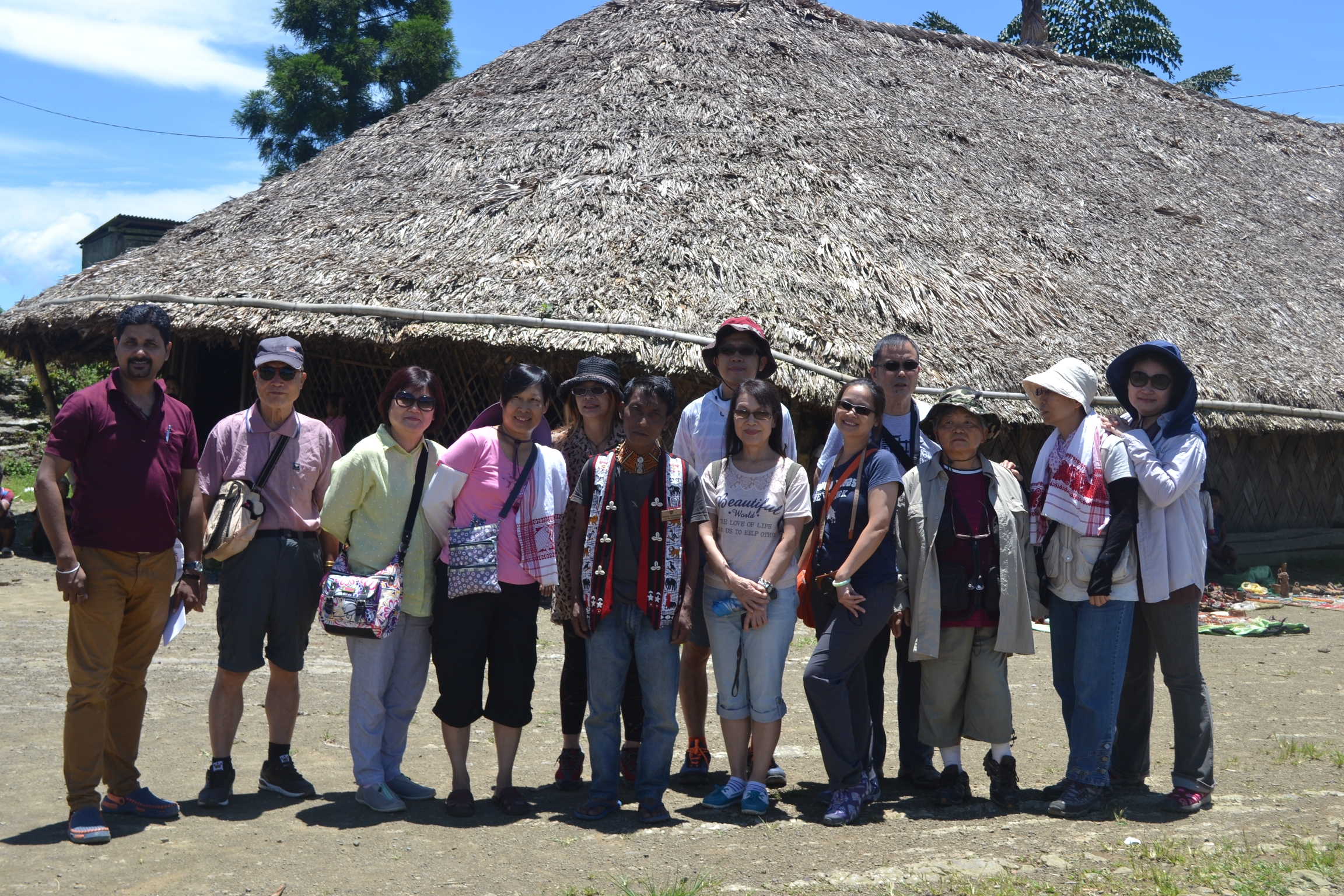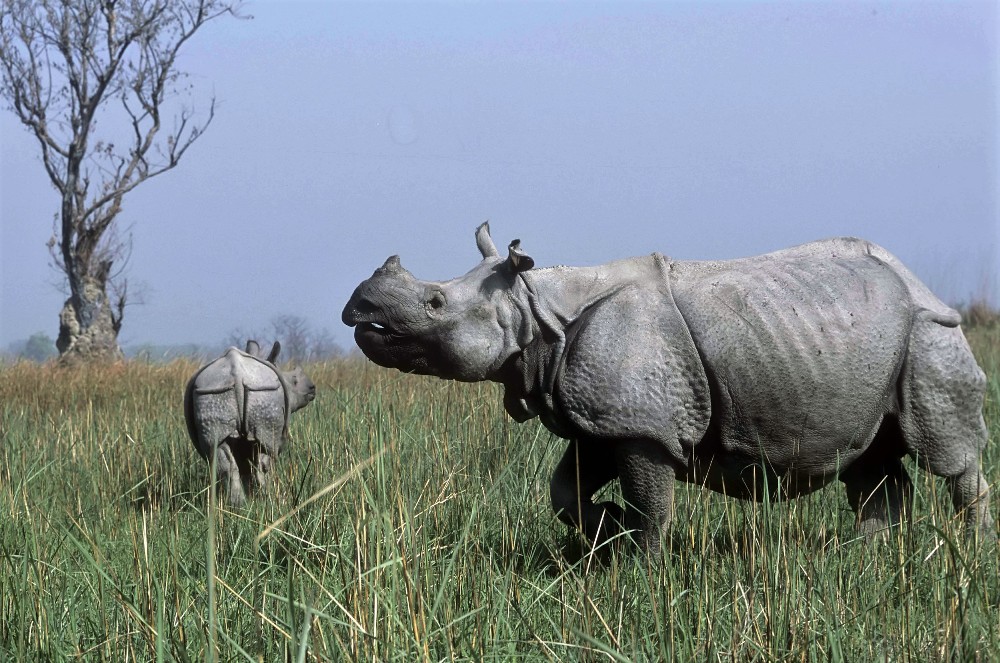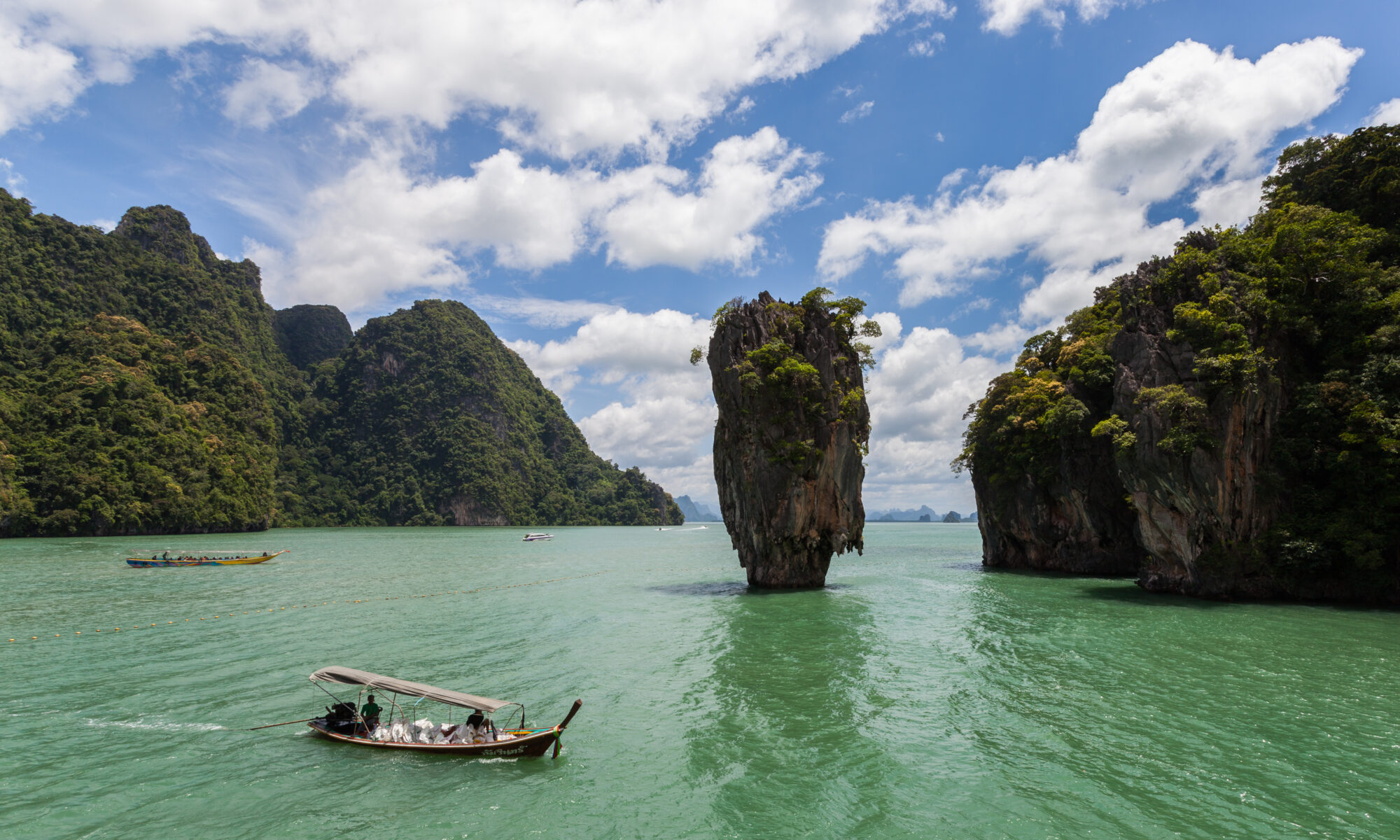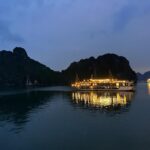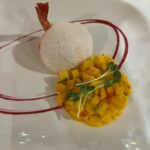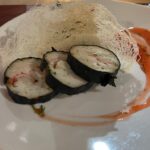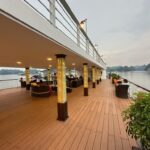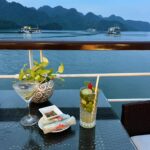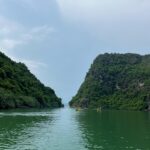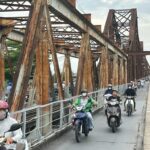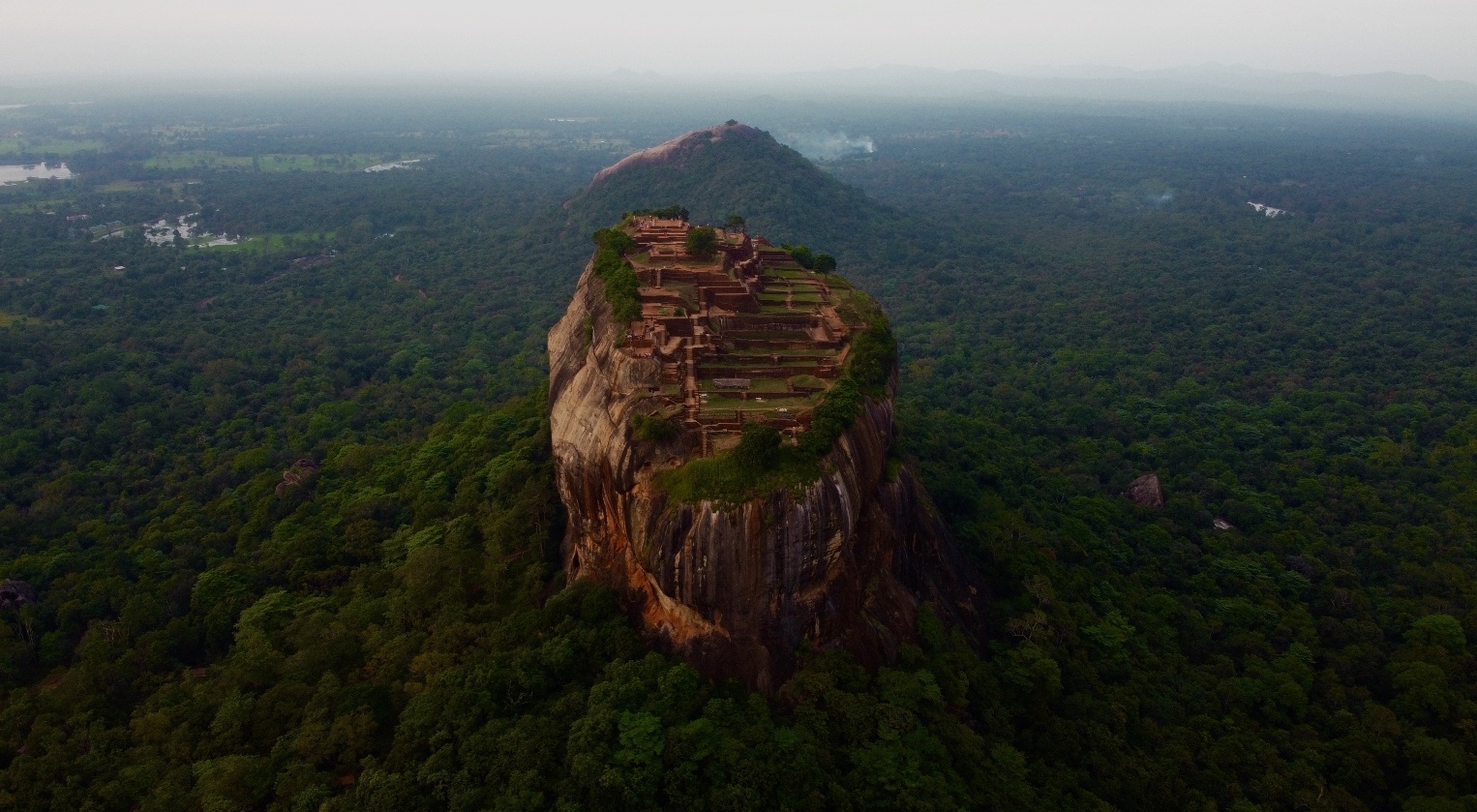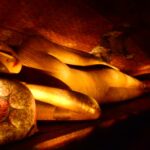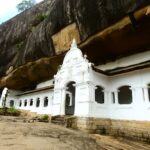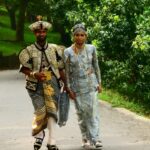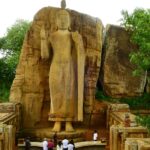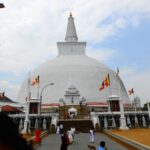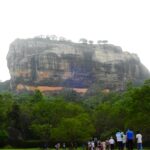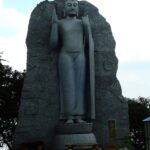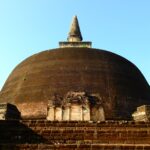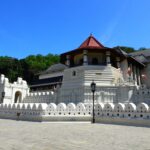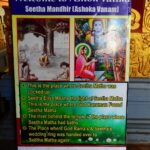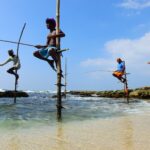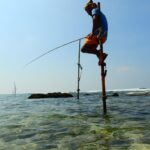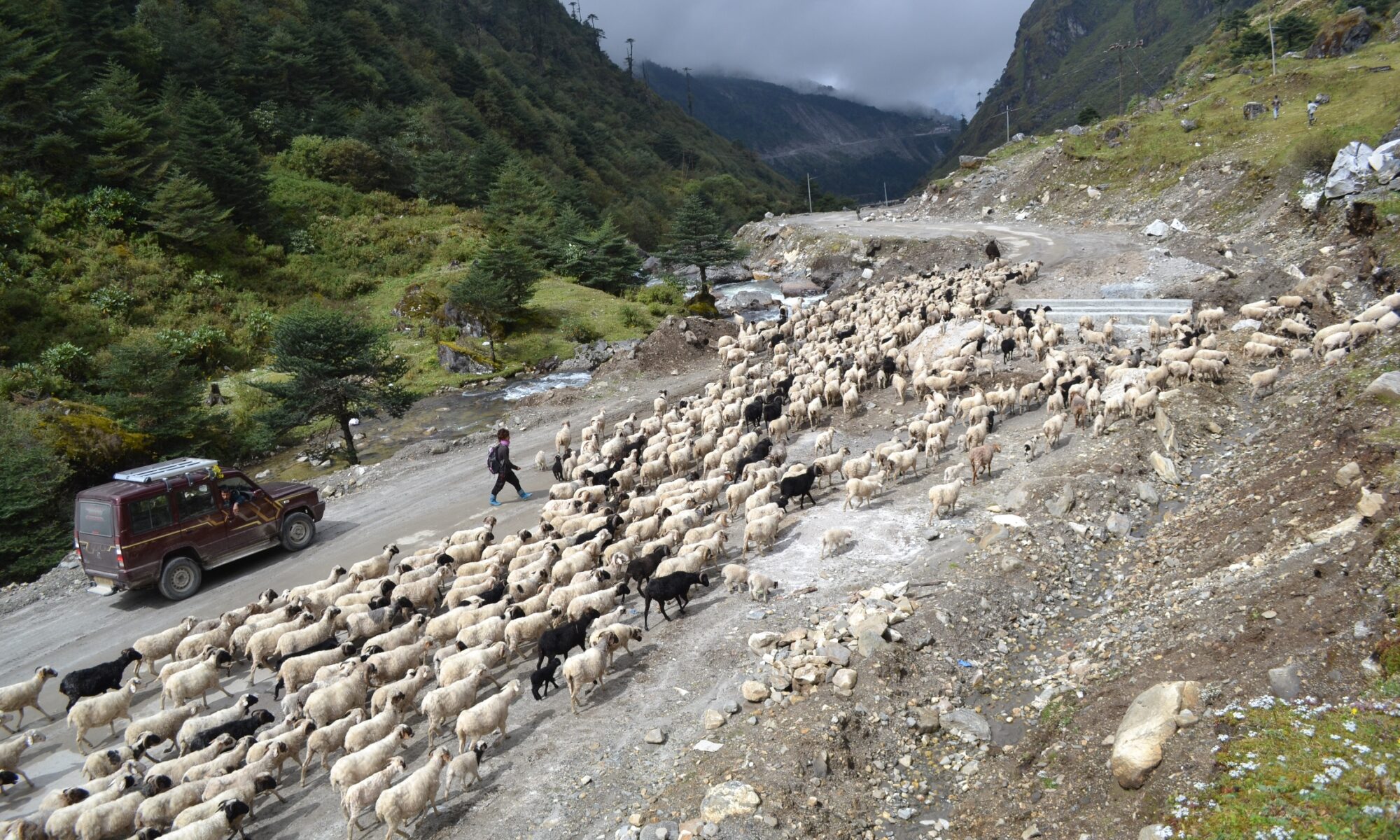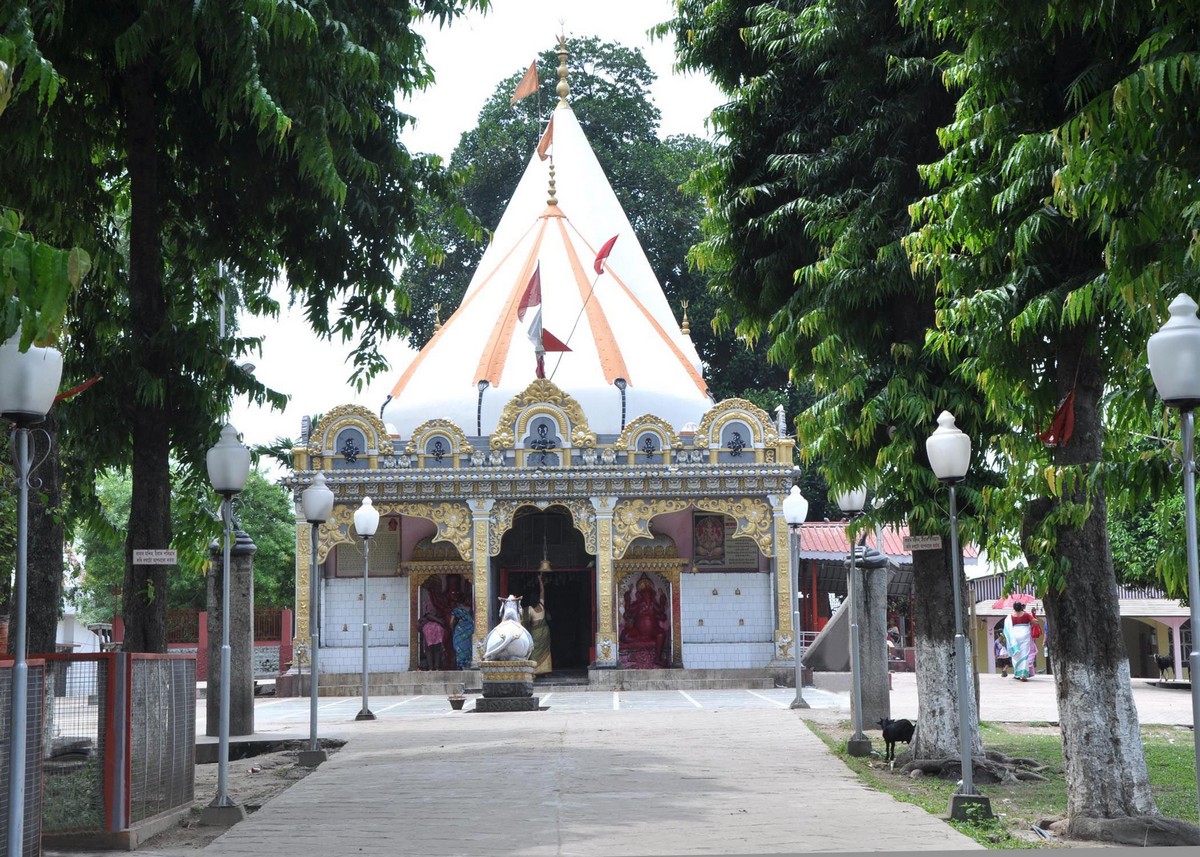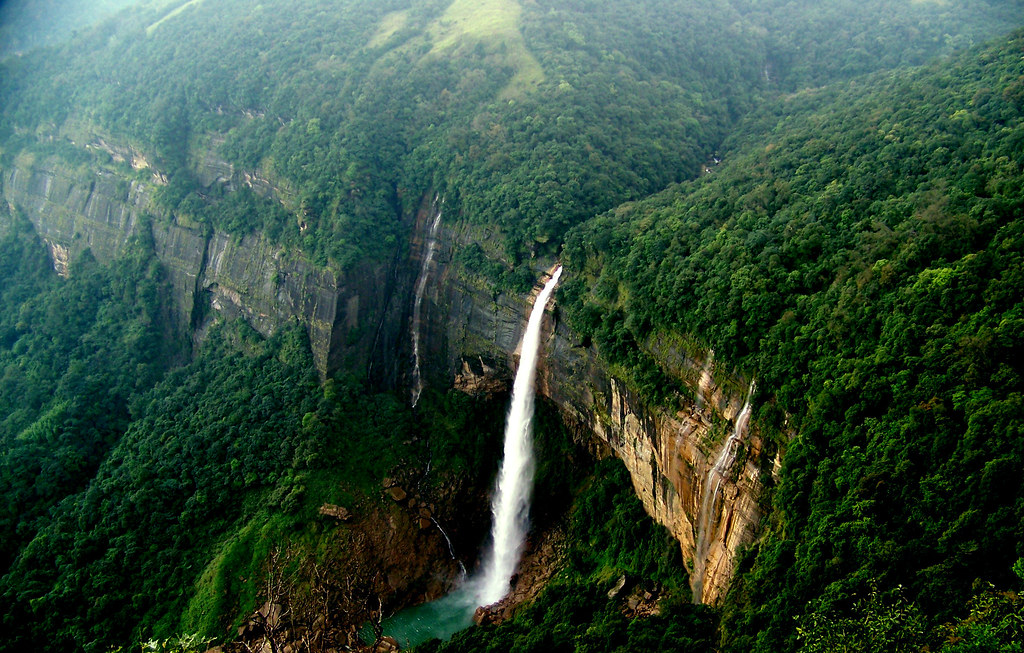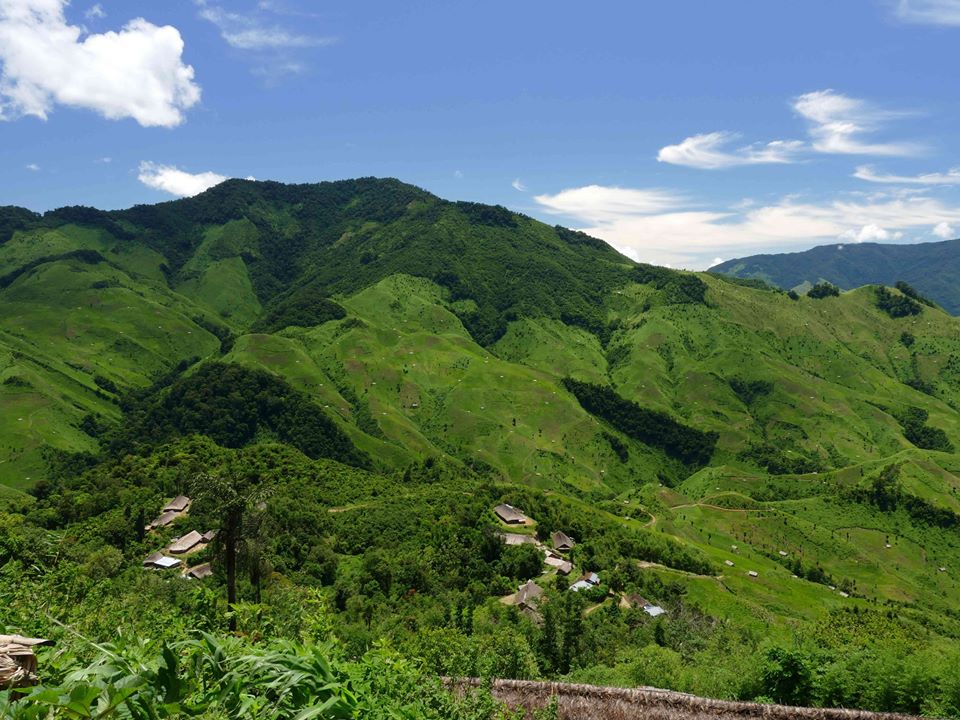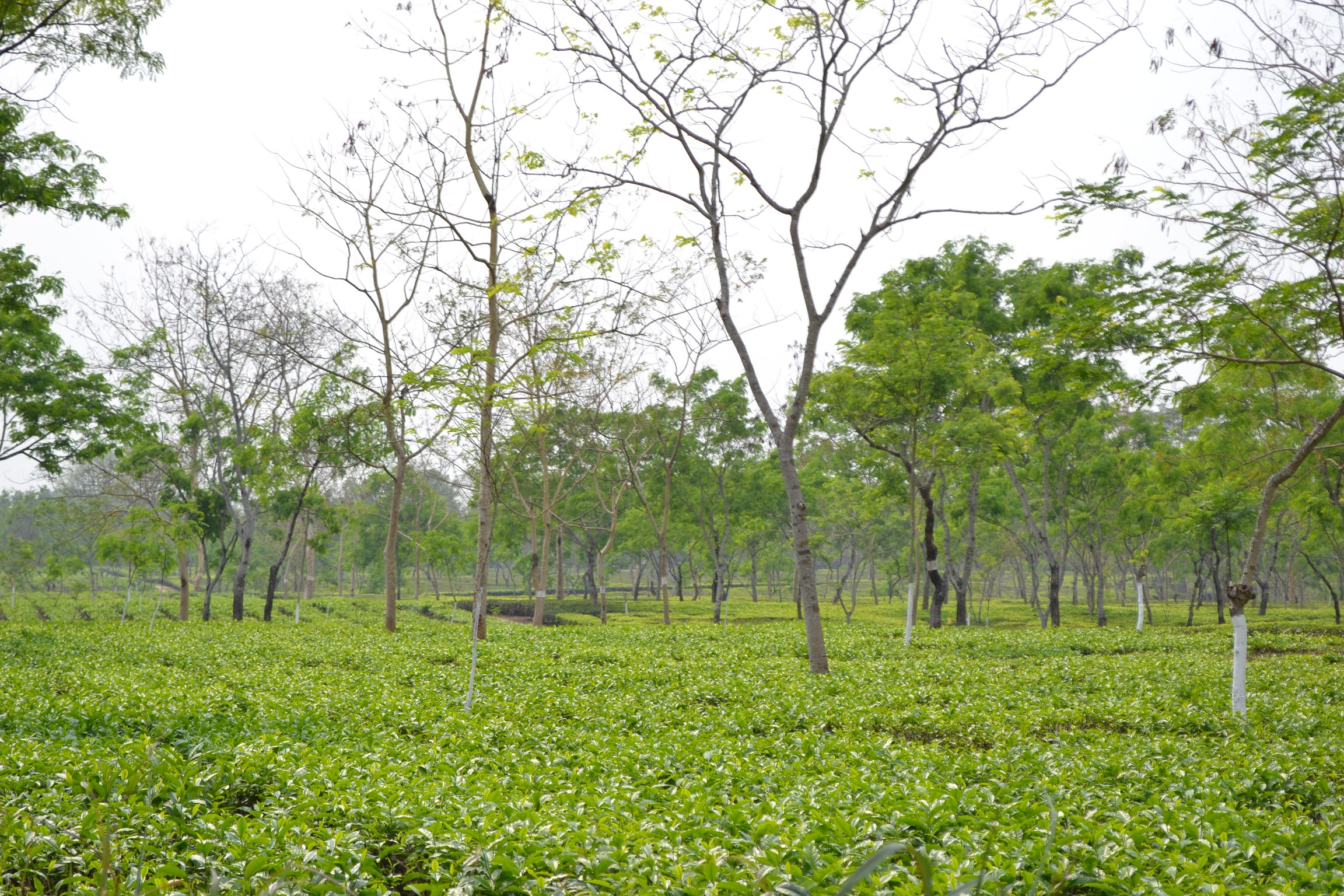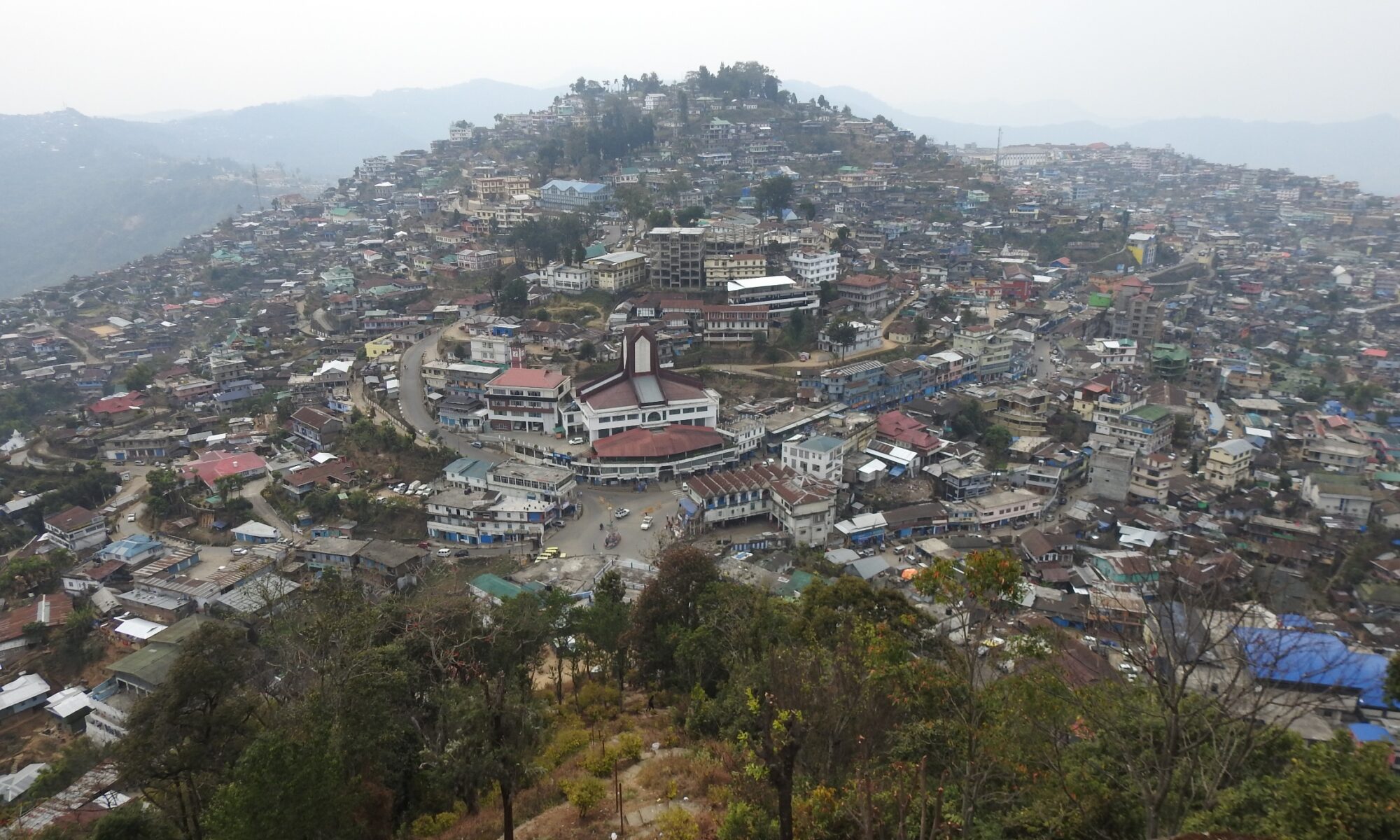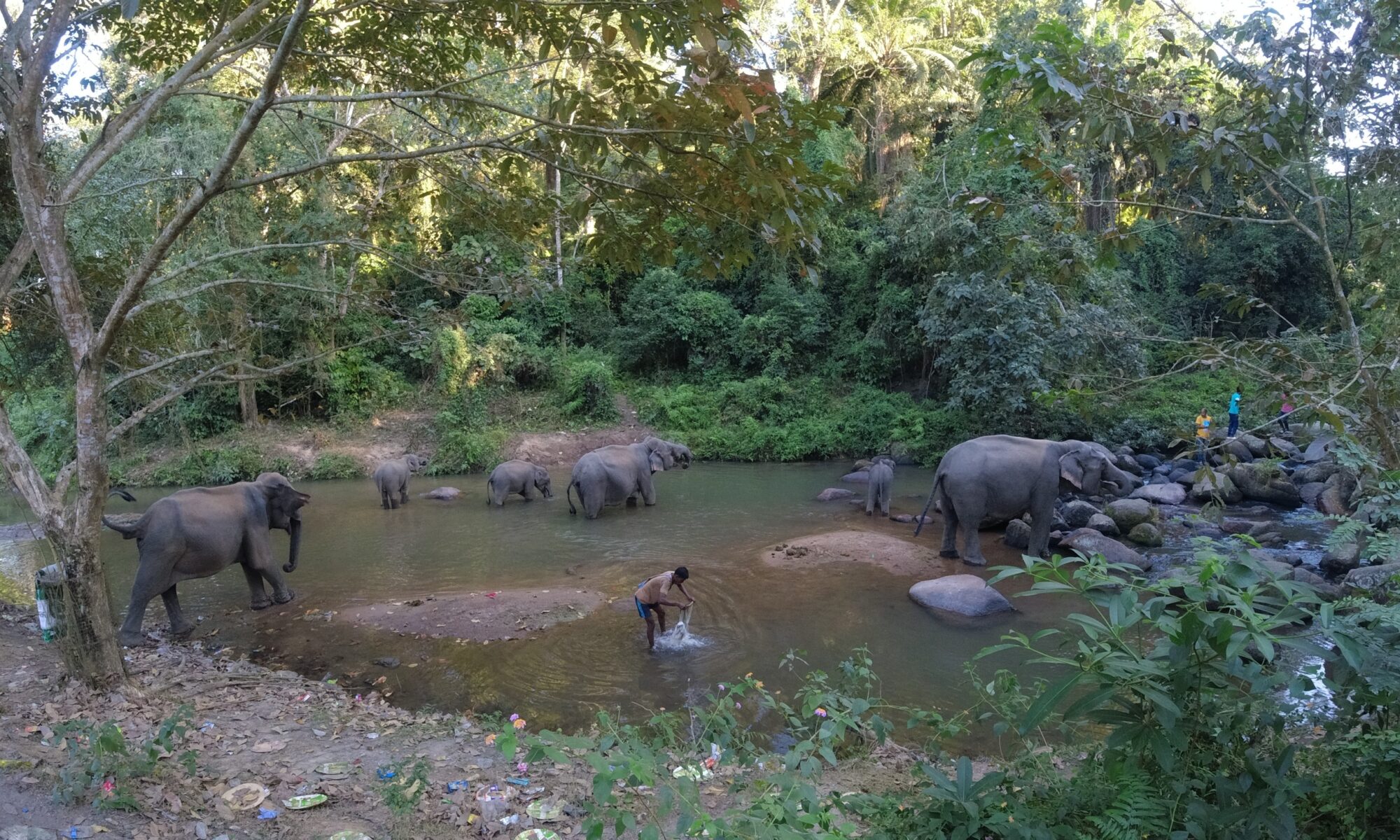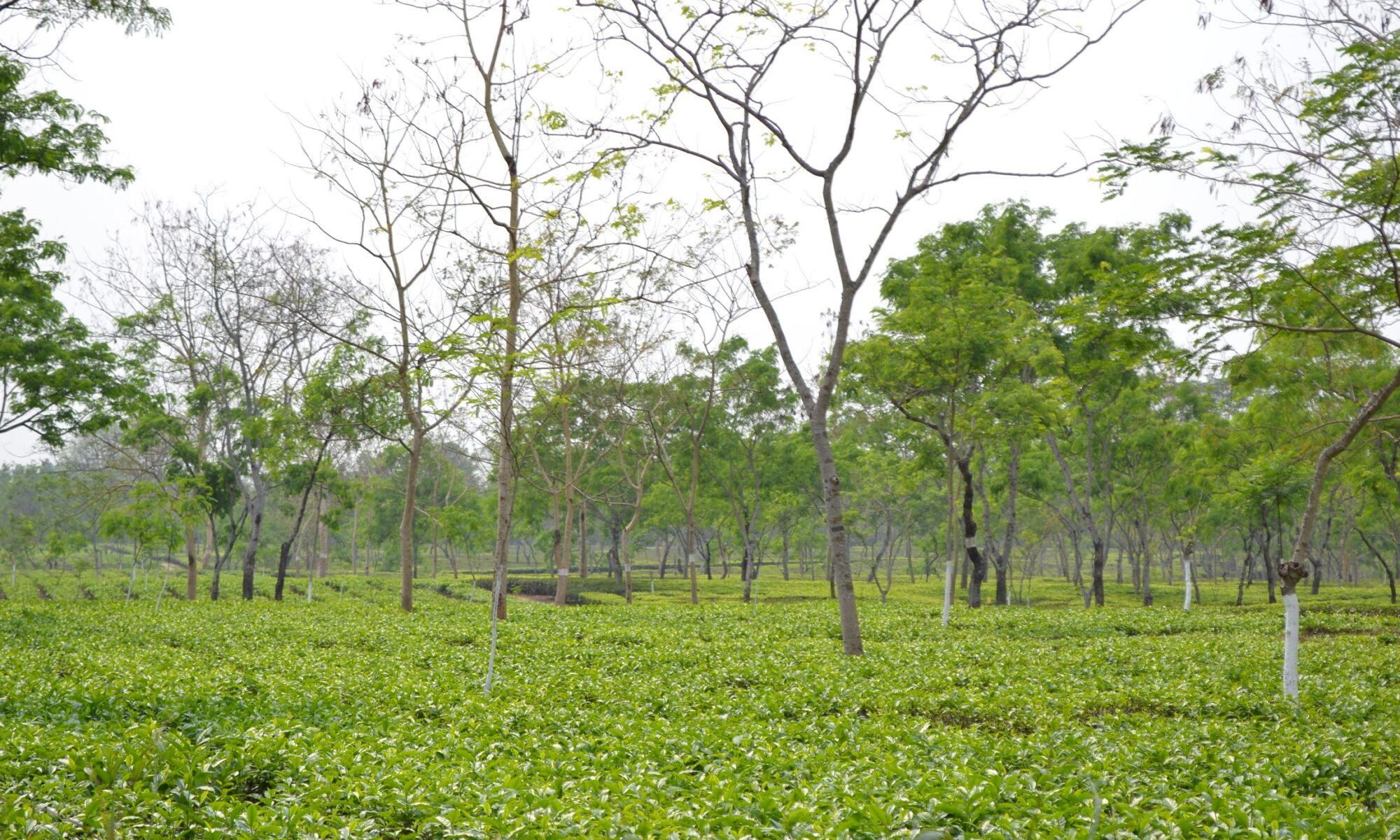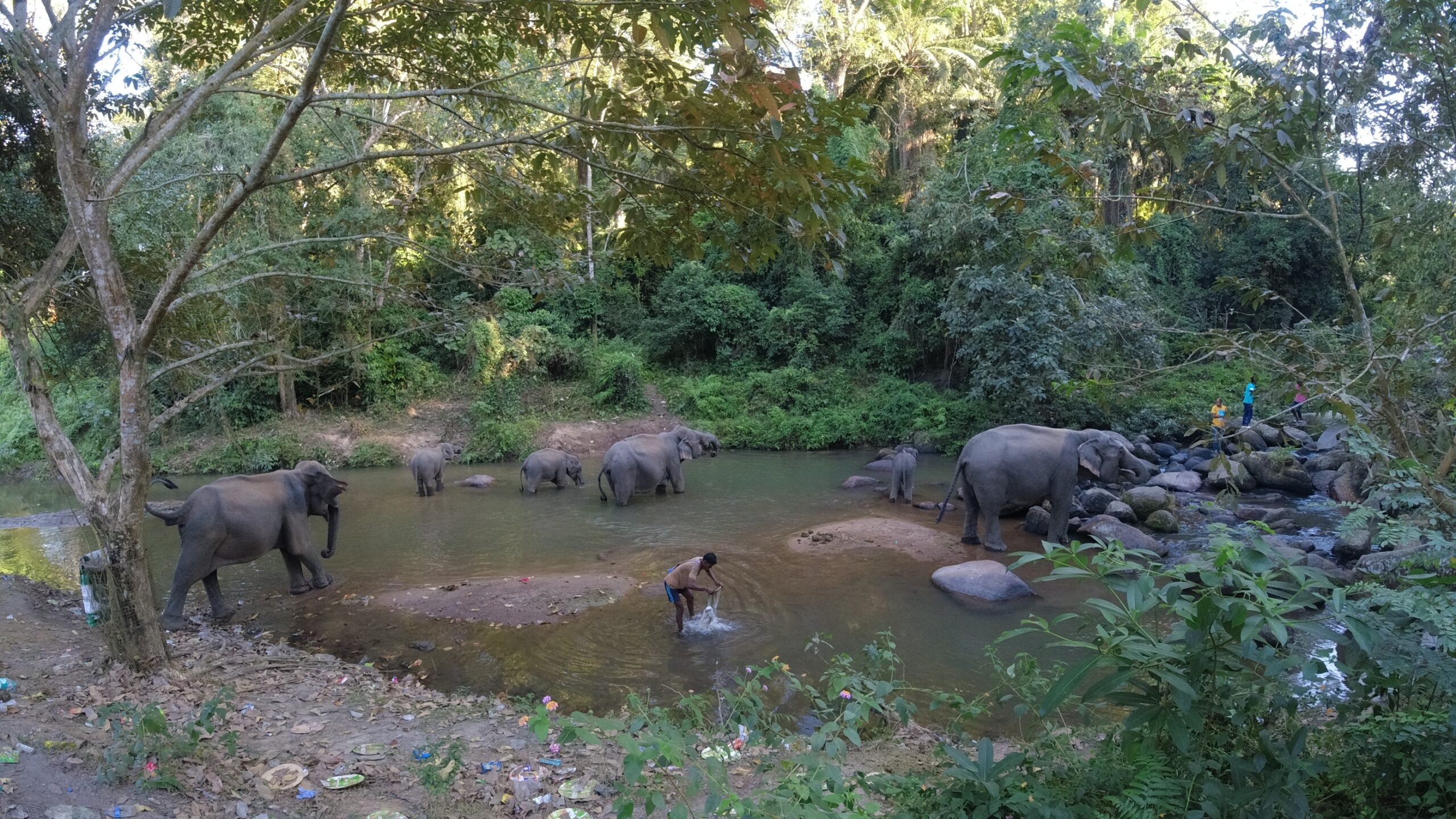Northeast India Cultural Odyssey
Embark on a fascinating 25-day cultural odyssey through the enchanting landscapes of Northeast India. The journey begins in Guwahati, where you’ll visit the revered Kamakhya Devi Temple and explore the vibrant local market. The tour then takes you to the picturesque hill station of Shillong, known as the “Scotland of the East,” and the scenic Cherrapunjee, famous for its breathtaking waterfalls and living root bridges.
Venture further to Dawki, a border town between India and Bangladesh, where you’ll experience the crystal-clear waters of the Umngot River during a boat ride. Discover the cleanest village in Asia, Mawlynnong, and witness the unique Single Decker Living Root Bridge in Riwai village. Your journey continues to the wildlife haven of Kaziranga National Park, home to the endangered one-horned rhinoceros.
Next, you’ll cross the mighty Brahmaputra River to reach Majuli Island, the world’s largest freshwater mid-river delta island. Explore the rich heritage and cultural practices of the Apatani tribe in Ziro and interact with various indigenous tribes in Along. Experience the unique customs of the Konyak tribe in Mon before heading to Mokokchung, known for its Ao tribe’s vibrant culture.
The tour then takes you to Kohima, where you’ll visit the historic Khonoma village and pay tribute to the brave souls at Kohima War Cemetery. Immerse yourself in the rich history of Manipur and Tripura, visiting significant landmarks and enjoying the local markets. Finally, your journey concludes with fond memories as you depart from Agartala.
This comprehensive tour offers a remarkable opportunity to discover the diverse cultures, natural wonders, and ancient traditions of Northeast India, creating an unforgettable and enriching travel experience.
Detailed Tour Plan
Day 1, Guwahati
Arrive Guwahati and transfer to your hotel. Afternoon visit Kamakhya Devi Temple & local market. Overnight in Hotel.
Day 2, Guwahati – Cherrapunjee (approx. 160 kms / 5-6 hrs)
After breakfast proceed towards Cherrapunjee, enroute stopover at Umiam Lake to enjoy the scenic beauty of the area. Later visit the Elephant Water Falls. En route stop at Mawdak Valley view point for a short tea break. Reach Cherrapunjee & visit Garden of Caves, Arwah Cave & Nohkalikai Water Falls. Later check into your hotel for Overnight & relaxed evening.
Day 3, Cherrapunjee – Dawki – Mawlynnong & back to Cherrapunee (approx. 180 kms / 5-6 hrs)
After breakfast drive to Dawki – the border town between India and Bangladesh. In Dawki you can also see the Suspension bridge above the Umngot River. The suspension bridge was constructed during the British rule. You can also enjoy a country boat ride in the Umngot River. The specialty of Umngot River is that – the water is very crystal clear even you can see the ground. After that, drive towards Mawlynnong- also known as the “cleanest village in Asia”. You can observe the cleanliness of the village by taking a short walk. Post lunch visit the nearby Riwai village and walk around the Single Decker Living Root Bridge. Return to the hotel. Overnight.
Note: Water activities are subject to river & weather conditions.
Day 4, Cherrapunjee – Shillong (approx. 60kms/1-2 hrs.)
After breakfast, go for a day long trek to Double Decker Living Root bridge. Later drive to Shillong for Overnight.
OR
Visit Seven Sister’s Water Falls & Dainthlem Falls
Day 5, Shillong
Full day visit of Don Bosco Cultural Museum, Bara Bazaar & walk around famous Police bazaar of Shillong. Evening free to relax & Overnight in Hotel.
Day 6, Shillong – Kaziranga National Park (ABOUT 280 KMS/6-7 HRS.)
Morning after breakfast drive to Kaziranga National Park. En-route lunch. Arrive Kaziranga National park and transfer to your hotel. O/n in hotel.
Kaziranga National Park is spread over 850 sq kms across Golaghat, Nagaon and Sonitpur districts. Kaziranga National Park is also designated World Natural Heritage sites by UNESCO in 1985. Originally established as a reserve forest in 1908, Kaziranga was declared a sanctuary in 1916 to counter excessive poaching, especially of its most prized inhabitant, the rhinoceros.
NOTE: Kaziranga National Park is closed from 01st May TILL 31st Oct every year.
Day 7, KAZIRANGA NATIONAL PARK
Early morning enjoy Elephant safari to visit Central range of the park. Return back to your hotel for breakfast. After breakfast Jeep safari in Western zone. Afternoon after lunch enjoys your last Jeep safari into the park in Central zone. O/n Hotel.
Jeep Safari Timings:
Morning Safari starts between 07.00 am till 09.30 am for 02 hours.
Afternoon Safari starts between 01.30 pm till 03.30 pm for 02 hours.
Elephant Safari Timings:
Western Zone of the park at 05.30 am and at 06.30 am for 40 minutes respectively.
Day 8, Kaziranga NP – Majuli Island (approx. 90 kms/2-3 hrs. + 1 ½ hrs ferry)
After an early breakfast drive approx 2 hrs to Nimati Ghat (near Jorhat) and then board on public ferry (country boat fitted with motor). Cruise for approx. 1 ½ hrs to reach Kamalabari Ghat – Majuli.
Majuli is the largest fresh Water mid-river deltoid island in the world. This Island, with a population of 1.6 Lakhs, majority being tribal, is endowed with rich heritage and has been the abode of the neo-vaishnavite culture.
On arrival in Majuli Island visit Samuguri Satra-famous for mask making for live performances & Pottery village. Evening free to relax and overnight in Bamboo Huts.
Later visit Uttar Kamalabari Satra-Oldest Satra exist in Majuli Island & walk around Mishing tribal village. Overnight at Majuli in Simple Guest House.
Day 9, Majuli Island – Ziro (approx. 210 kms/5-6 hrs. + 30 mins ferry)
Moring transfer to Dhunaguri ghat on the Northern side of the island to catch your ferry to Laluk and drive to Ziro via pohumara & potin. On arrival transfer to your hotel for your overnight stay.
Ziro, a plateau inhabitant by Apatani tribes, the uniqueness of Apatani tribe is tattooing on women face and its wooden nose plug. You may visit museum, emporium and local market. Apatani, like other tribes of Arunachal Pradesh also believe in sun and the moon as a god and have traditional altar in their home made up of Bamboo and Cane.
Day 10, Ziro
Full day visit of Apatani tribal villages e.g Hang/Hari/Hapoli & Bamin villages. Overnight in hotel.
Day 11, Ziro to Daporijo (approx. 140kms/5-6 hrs)
After breakfast, drive from Ziro to Daporijo (6 hours), which is the headquarters of the Upper Subansiri District. En route you will get to visit villages of the Tagin and Apatani Tribe. Interact with them and learn about their cultures. Overnight will be in a hotel with basic amenities.
Day 12, Daporijo to Along (approx. 160kms/6-7 hrs.)
After an early breakfast, drive from Daporijo to Along (6-7 hours), headquarter of the West Siang District of Arunachal Pradesh. Stay will be in a hotel with basic amenities. En route you will be visiting villages of the Tagin and Adi Tribes. Little later after freshening up, you can visit the Ramakrishna Ashram. You will get to walk in a hanging bridge made of cane and bamboo, a beautiful example of sustainable architecture. Overnight will be in a homestay with decent amenities.
Day 13, Along
Today go for a full day excursion to Kabu and Karjing villages encounter with Adi (Gallong) Tribes. Kabu village is just on the bank of river of Yomgo/Syom and on river Yomgo there is hanging bridge made of cane and bamboo. Evening free at one of the largest Gallong tribal village called Darka village which has more the 1500 houses made of bamboo and palm. Overnight in Along.
Day 14, Along – Pasighat – Dibrugarh (approx. 240kms/6-7 hrs.)
After early breakfast, continue to Pasighat (6 hours), headquarter of East Siang District and the land of the once-warriors Adi Tribe. The drive will pass through some breathtaking scenery of the valleys of the ever-mighty Siang River. Pasighat town is located beside the feared Siang River (Brahmaputra River) at the foothills of the eastern Himalayas. Enroute visit Adi Minyong Tribal Villages like Panging, Panging one of the largest Adi Minyong Tribe Village with more then five hundred house, women of the village weaving their own cloths.
Continue your drive to Dibrugarh Town in Assam after crossing the mighty Brahmaputra river by second longest bridge of Northeast India. On arrival check into your hotel for overnight stay with relaxed evening.
Day 15, Dibrugarh – Mon (approx. 140kms/4-5 hrs.)
Morning after relaxed breakfast we drive to Mon, enroute we visit Tea Gardens & Tea Tribal villages. On arrival in Mon, after clearing all our permit formalities we pay a visit to Mon Town Police station for foreigners’ registration & visit the local market. Overnight in Homestay.
Day 16, Mon
After breakfast visit Longwa Village bordering India and Burma. Situated about 40 km from the district headquarters of Mon. Longwa is one of the biggest villages in the district. Some portion of this village lies in India and some in Myanmar. However, it is controlled by a chief known as Angh. Half of the house of the chief falls in India and the other half in Myanmar. The lucky villagers have two citizenships, one from India and the other one from Burma. It is the place where coal mine was discovered in 1907. A visit to the village will acquaint you with the culture of the tribe. They are skilled in making exquisite handicrafts.
Afternoon visit Hongpoi Village, here also you will find tattooed Konyaks.
Day 17, Mon – Mokokchung (about 165 km/6-7 hrs).
Morning drive to the cultural centre of the Ao tribes–Mokokchung. Enroute Visit Mopunchyukit Village to visit the Oldest church in North East India. Arrive Mokokchung and overnight in hotel.
Day 18, Mokokchung – Kohima (approx. 180kms/6-7 hrs.)
Morning visit Ungma village (8 kms/30 mins), the biggest Ao village and looks like a satellite village of Mokokchung town. Enroute visit Touphema village of Angami Tribes And continue drive to Kohima. On arrival check-in hotel for Overnight in Kohima.
Day 19, Kohima
After breakfast first visit to Khonoma village (approx. 25 kms/45 mins), Khonoma village is the last village where Nagas fought their last battle against the Britishers in 1879. Drive back to Kohima & visit Kohima War Cemetery, constructed in memory of the officers and men who made supreme sacrifices during World War II & if time permits visit Nagaland State Museum & Local market. Overnight
Day 20, Kohima – Imphal (approx. 140kms/4-5 hrs.)
After breakfast visit Cathedral Church (biggest church in North East India). 3000 people can pray at a time. Later visit Kisama Naga Heritage village, This is the venue of the yearly Hornbill Festival which takes place from Dec 01-10 and is situated about 12 km from Kohima.
Later continue driving to Imphal. On arrival & after lunch visit IMA market, uniqueness of this market is that all the vendors are women.
Day 21, Imphal
After breakfast excursion to Loktak Lake- the largest freshwater lake, 48 kms. from Imphal city. Later visit INA (Indian National Army) Museum, where the first INA flag was unfurled on April 14th, 1944 in Indian Soil. After the visit drive back to Imphal and if time permits visit Kangla Fort & Manipur State Museum. Overnight in Hotel.
Day 22, Imphal – Agartala FLY
After breakfast transfer to airport for your flight to Agartala – Capital of Tripura, third smallest state of India after Goa & Sikkim. On arrival visit Ujjayanta Palace & Akhura border to attend Indo-Bangladesh border closing ceremony. Evening free to relax & Overnight in Hotel.
Day 23, Agartala
Full day visit of Neermahal Palace or Water Palace on Rudrasagar lake (approx. 50kms/2 hrs.) & visit 14 Goddess Temple + Mahal Museum of Agartala. Overnight in Hotel.
Day 24, Agartala-Udaipur (approx. 50 kms/2 hrs.)
Morning drive to Udapur and visit Tripura Sundari temple & later we visit Chobimura (rock carvings on hills). Afternoon drive back and overnight in hotel.
Day 25, Agartala – FLY OUT
Morning after relaxed breakfast transfer to airport for your flight to onward destination.
END OF OUR SERVICES.
Tour FAQs
Q: What are the major highlights of this tour?
A: This tour takes you on a cultural odyssey through Northeast India, where you’ll visit Kamakhya Devi Temple, Shillong, Cherrapunjee, Dawki, Mawlynnong, Kaziranga National Park, Majuli Island, Ziro, Along, Mon, Kohima, Imphal, and Agartala. You’ll explore sacred temples, pristine waterfalls, living root bridges, tribal villages, and national parks.
Q: How long is this tour?
A: The tour spans 25 days, offering an in-depth exploration of Northeast India’s diverse landscapes and cultures.
Q: Which wildlife can be seen in Kaziranga National Park?
A: Kaziranga National Park is home to the endangered one-horned rhinoceros, along with elephants, tigers, wild water buffalo, and a variety of bird species.
Q: What unique experiences await in Majuli Island?
A: Majuli Island is the world’s largest freshwater mid-river delta island and offers a chance to witness the rich heritage and neo-vaishnavite culture of the locals.
Q: What tribal communities will we interact with during the tour?
A: Throughout the journey, you’ll have the opportunity to interact with diverse tribal communities such as Apatani, Adi, Tagin, Konyak, Ao, and more, gaining insights into their customs and traditions.
Q: What are the natural wonders of Cherrapunjee?
A: Cherrapunjee is famous for its captivating waterfalls, including Nohkalikai Water Falls, and the awe-inspiring living root bridges.
Q: What is the significance of Khonoma village in Kohima?
A: Khonoma village is historically important as it was the site of the last battle fought between the Nagas and the British in 1879.
Q: Can you describe the cultural experiences in Mon?
A: In Mon, you’ll visit Longwa Village, situated on the India-Myanmar border, where the chief’s house is split between the two countries. You’ll also witness the exquisite handicrafts made by the skilled tribes.
Q: What is unique about the cultural practices of Apatani tribe in Ziro?
A: The Apatani tribe’s unique cultural practices include tattooing on women’s faces and wearing wooden nose plugs.
Q: How can I experience the cultural richness of Manipur and Tripura?
A: In Manipur, you’ll visit the INA Museum and explore the unique IMA market run entirely by women. In Tripura, you’ll see the magnificent Ujjayanta Palace and witness the Indo-Bangladesh border closing ceremony at Akhura.
